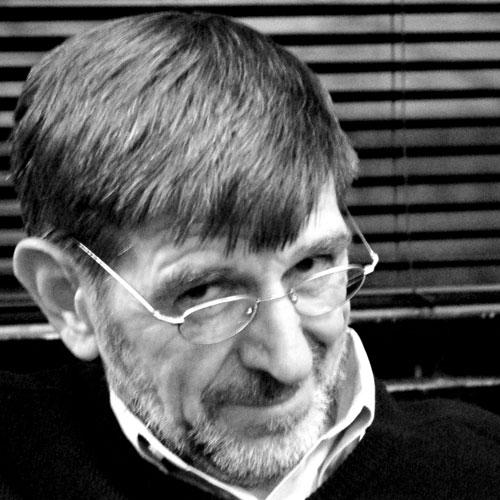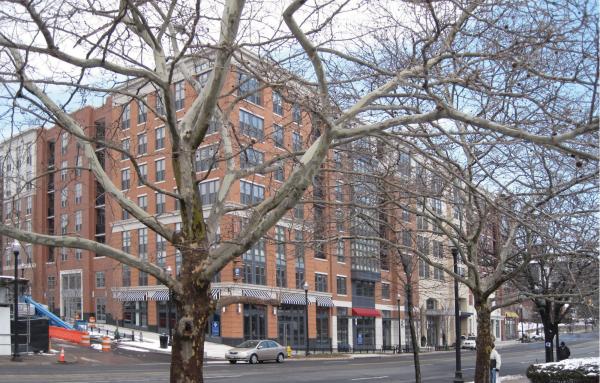
Steven W. Hurtt
Steve Hurtt is a charter member of the CNU and a former board member. An architect and urban designer, his academic career has included appointments at the University of Notre Dame, The Catholic University of America, and the University of Maryland. With co-editor James Tice, Hurtt’s current focus is on The Urban Design Legacy of Colin Rowe (ORO, 2019), a book of essays describing the impact of Rowe and his students on the teaching and practice of urban design. Hurtt was a student in Rowe’s graduate Urban Design studio at Cornell (1966-67). With classmate Stuart Cohen, he coined the term contextualism, an intuitively understood design theory counter to the Modernist anti-urban constructs then being realized. Contextualism subsequently became a worldwide movement impacting urban and architectural practice. A few of Hurtt’s essays on contextualism and, more generally, American urbanism have included: “Contextualism: of Paradigms, Politics, and Poetry,” Inland Architect; “The US Continental Grid: Form and Meaning,” Threshold, Journal of the School of Architecture, University of Illinois; and “Conjectures on Urban Form,” in The Cornell Journal of Architecture. Other related publications include a chapter on Seaside for the forthcoming book, Iconic Planned Communities: Challenge of Change, edited by Isabelle Gournay and Mary Sies, (Univ. of Pennsylvania Press, 2019). Hurtt provided essays in Windsor Forum on Design Education and co-edited the book with Stephanie Bothwell, Peter J. Hetzel, Andres M. Duany, and Dhiru A. Thadani (The New Urban Press, 2004). As dean at Maryland’s School of Architecture, Hurtt led its transformation to include Master’s degree programs in Community Planning and Historic Preservation. He founded the National Center for Smart Growth and initiated the master’s program in Real Estate Development and the PhD program in Urban and Regional Planning and Design. Hurtt also worked with the University and the City of College Park to improve the quality of the campus and its surroundings. He fostered campus design guidelines and design reviews and led numerous campus development studies, resulting in new malls, quads, and walks and a new “college town” mixed-use area fronting the campus.
